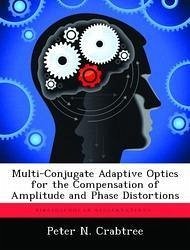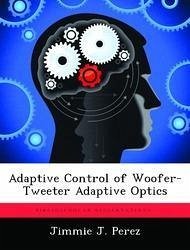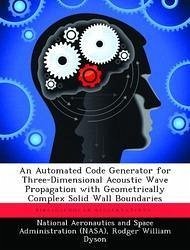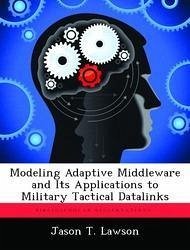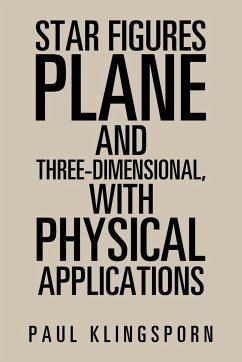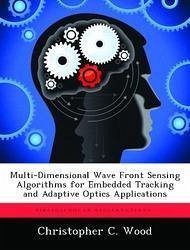
Multi-Dimensional Wave Front Sensing Algorithms for Embedded Tracking and Adaptive Optics Applications
Versandkostenfrei!
Versandfertig in über 4 Wochen
52,99 €
inkl. MwSt.
Weitere Ausgaben:

PAYBACK Punkte
26 °P sammeln!
Current tracking and adaptive optics techniques cannot compensate for fastmoving extended objects, which is important for ground-based telescopes providing space situational awareness. To fill this need, a vector-projection maximum-likelihood wave-front sensing algorithm development and testing follows for this application. A derivation and simplification of the Cramer-Rao Lower Bound for wave-front sensing using a laser guide star bounds the performance of these systems and guides implementation of a vastly optimized maximum-likelihood search algorithm. A complete analysis of the bias, mean s...
Current tracking and adaptive optics techniques cannot compensate for fastmoving extended objects, which is important for ground-based telescopes providing space situational awareness. To fill this need, a vector-projection maximum-likelihood wave-front sensing algorithm development and testing follows for this application. A derivation and simplification of the Cramer-Rao Lower Bound for wave-front sensing using a laser guide star bounds the performance of these systems and guides implementation of a vastly optimized maximum-likelihood search algorithm. A complete analysis of the bias, mean square error, and variance of the algorithm demonstrates exceptional performance of the new sensor. A proof of concept implementation shows feasibility of deployment in modern adaptive optics systems. The vector-projection maximum-likelihood sensor satisfies the need for tracking and wave-front sensing of extended objects using current adaptive optics hardware designs.





